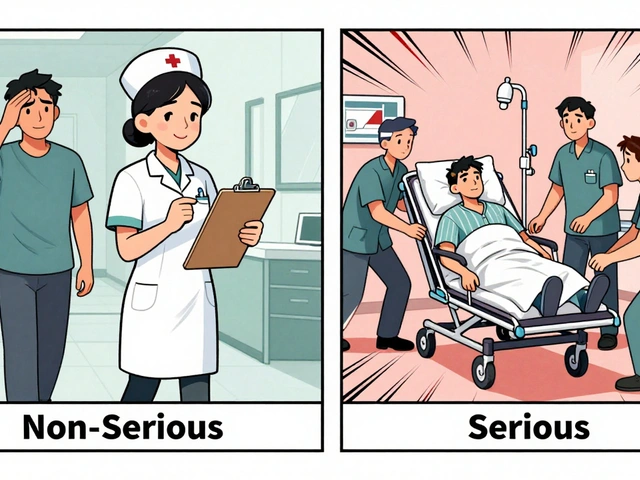Nerve Blocks: What They Do and When They Help
Stuck with pain that won’t quit? Nerve blocks are a targeted way to stop pain signals from reaching your brain. Doctors use them for surgery, acute injuries, and some chronic pain conditions. The goal is simple: numb or calm the nerve that’s causing the pain so you can move, sleep, or recover without relying on high doses of opioids.
How nerve blocks work
Most nerve blocks involve injecting a local anesthetic, sometimes with a steroid, near a specific nerve or group of nerves. Common medicines are lidocaine (short-acting) and bupivacaine (longer-acting). For more complex areas, doctors use ultrasound or X-ray (fluoroscopy) to guide the needle precisely. Types you’ll hear about include peripheral nerve blocks (for a hand, shoulder, or leg), epidurals (spine-related pain), and sympathetic blocks (nerve chains that affect blood flow and chronic pain).
Duration varies. A single block can give hours of relief, but adding a steroid or using a catheter for continuous infusion can stretch relief to days or weeks. Some people get months of improvement from a single procedure, while others use blocks as part of physical therapy or a pain-management plan.
What to expect and safety tips
Before the procedure you’ll have a short consult: answer questions about allergies, blood thinners, and past reactions to anesthesia. If you take anticoagulants (like warfarin or certain pills), your doctor will tell you if and when to pause them. On the day, expect local numbing, brief discomfort while the needle is placed, and monitoring for a short period afterward. You’ll usually go home the same day — bring someone to drive you if sedation is used.
Risks are real but uncommon: infection, bleeding, temporary numbness or weakness, allergic reactions, and very rarely nerve injury. Choosing a provider who uses imaging guidance (ultrasound or fluoroscopy) and has experience lowers those risks. Ask about their complication rates and what backup they have if something goes wrong.
Practical tips: write down your current meds before the visit, wear loose clothes, and plan light activity for 24 hours after the block. Track how long relief lasts and what symptoms improve — that info helps fine-tune future treatments.
If you’re weighing options, think of nerve blocks as a precision tool: they won’t fix every problem, but they can break the pain cycle, speed rehab, and reduce the need for stronger systemic drugs. Always discuss benefits and risks with your pain specialist or anesthesiologist and check how the procedure fits into your overall treatment plan.
Need clear info about the medicines used in nerve blocks? Our site covers common anesthetics and interactions — but follow your doctor’s personalized advice first.

Nerve Blocks and Injections for Trigeminal Neuralgia: Effective Pain Relief Options Explained
This article breaks down how nerve blocks and injections are used in treating trigeminal neuralgia, a stubborn kind of facial pain. You'll find trustworthy info on how these treatments work, what you can expect, and tips for those considering this route. Got questions about side effects, success rates, or alternatives? All that is covered, along with data and practical advice. Perfect for anyone looking for real solutions to trigeminal neuralgia pain.
View More




